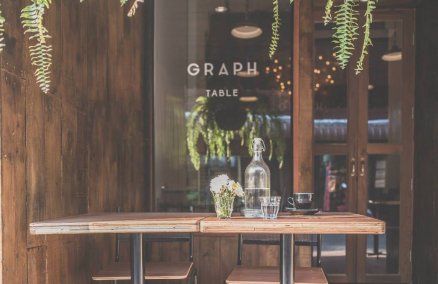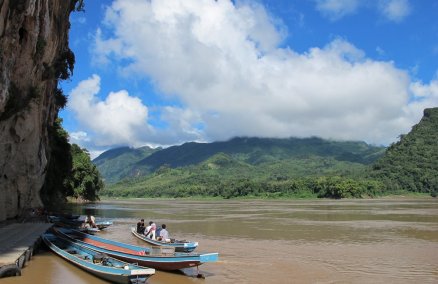I grew up in Angthong and played with friends in the rice fields. I used to throw a clothes hanger as a boomerang except, well, it never came back.
My new friends ridiculed my rural accent when I moved to study in Bangkok in fifth grade, but they finally stopped because I got very good grades.
I had a dream to get in to Suankularb Wittayalai School because I felt the school’s colonial building was the most beautiful construction I had ever seen. So I put all my energy into getting accepted there, and I made it.
Life at school was like a miniature model of the real world. It was really diverse, with sons of politicians and rich families down to the children of janitors. It was worth all my hard work to become part of this community.
Our educational guidance system is a failure. The counselors don’t really show students that there are many choices for them, even for students who only love one thing. Like me—I love the arts so I thought I should only enter an arts faculty, which is not necessarily true.
I couldn’t get into Silpakorn University, which was my first choice, but I was still able to get into King Mongkut’s Institute of Technology Ladkrabang. I met my senior, Jatutthapong “Pueng” Rumakom (guitarist)there, and we later formed Armchair together.
He chose me to be the singer after I got drunk at a junior year reception party and took over the microphone.
I never thought Armchair would be this successful. I didn’t even graduate from college. At that moment I blamed others but I realize now that it’s also my fault.
I have no regrets. I can live on my own. I have been able to work in the arts without graduating, whereas only 10% of my friends who did finish school are working in fields that they studied in.
I don’t believe that higher education will necessarily make an ace of you. It also depends on experience.
Now I plan to go back to study to get a degree for my parents as I promised. It’s my responsibility to give it back to them.
My love is like a journey. The path may not always be beautiful, but the destination is worthwhile.
It’s a bit ridiculous that so many people do their weddings so extravagantly. It’s really ill-spent money. I would invite my guests to do something nice together, like this one couple I saw on the internet that invited all their guests to do reforestation.
Bangkok is really “nua” [“delicious” in Isaan]. It might be stinky but it’s delicious.
Thai belief systems are quite weak. People are impressionable, and when an idea is put before them, they start to believe it and finally, it grows into this massive power.
Democracy is not just the leadership of a large group of irrational people who shout at the top of their voices about what is right or wrong.
Thai people are afraid to think differently. They seem to wait for others to love something before they start to like it. It’s as if they were afraid to look stupid. But if you aren’t willing to look stupid, then you will never know that there could be a new world. Like when Galileo was the only one who believed that the world wasn’t flat [sic].
We’re so lucky that we have the king to teach us to live on our own. Who would ever want to flee from Thailand like that fugitive?
Everyone has to be aware that this is our home. Then we will take care of every place like it is our own.
Happiness is living sufficiently and not using up your future happiness. Believe in what you do. Even if [pursuing] it is exhausting, it’s worth it in the end.
 travelers get more experienced, they want to experience the adventure of lesser known brands. Also, the rise of no-frills carriers over the past 10 years has encouraged travel to short haul destinations, allowing people to spend more on nicer accommodation.
travelers get more experienced, they want to experience the adventure of lesser known brands. Also, the rise of no-frills carriers over the past 10 years has encouraged travel to short haul destinations, allowing people to spend more on nicer accommodation.






















